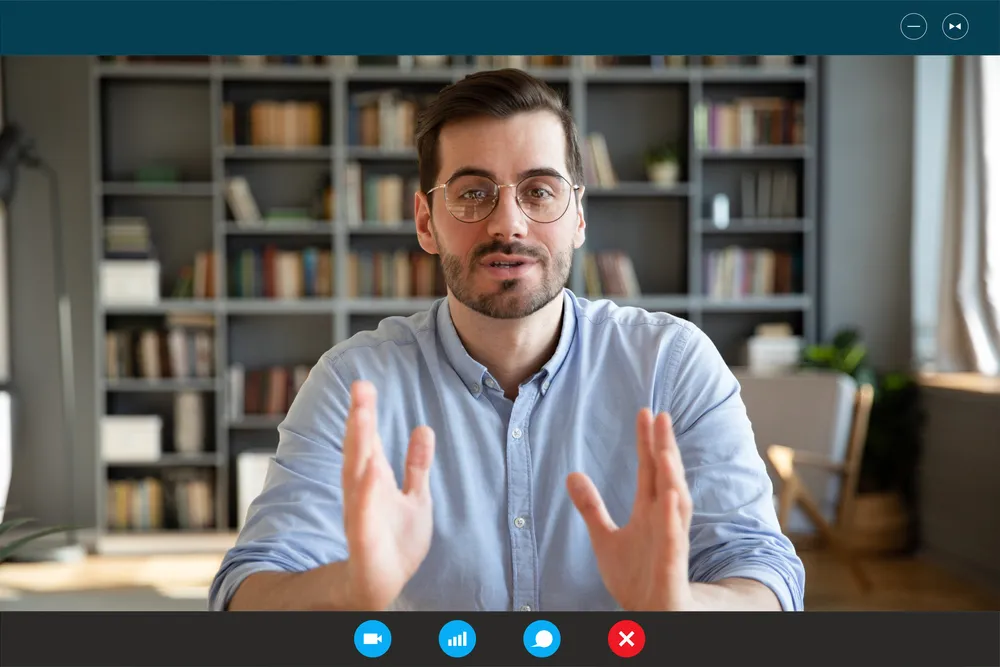4 Ways to Build Long-Term Relationships with Contingent Workers

- A long-term workforce optimization strategy must include the development of long-term partnerships with contingent workers.
- Many organizations are allowing for remote working arrangements and as reopening continues.
- A positive work environment also allows independents to work the way they want.
Building long-term relationships with contingent workers is a key component of an effective workforce optimization strategy.
Remote working arrangements are now common in many businesses. Companies that already rely on independent talent as an integral part of their workforce can gain the many rewards from this flexible, remote, and skills-driven talent pool. Those who aren’t yet engaging independent talent may consider doing so to be successful in the current work environment.
Simply choosing to incorporate independent talent, however, is not a long-term strategy. In order to attract top independent talent and establish long-term relationshps, enterprises must understand what contingent workers are looking for in a client-contractor relationship and build a workplace where they feel valued. Here are three ways enterprise managers can build long-term relationships with independent talent.
1. Meet Contingent Workers on Their Own Terms
The majority of independent professionals say they have some or a lot of choice in picking the clients they work with. What are they looking for? Some factors include good opportunities, streamlined processes, good work environment, and a sense of community. Actively creating a positive work environment where independent professionals are trusted and treated respectfully will go far in making your company a top choice for skilled talent.
A positive work environment also allows independents to work the way they want. It is very important to independents that their work is valued, that they have flexibility in how they work, and that they have the opportunity to learn and build new skills.
2. Streamline the Engagement Process
A fast, efficient onboarding process benefits both talent and managers. Technology today automates many onboarding steps and limits time-consuming paperwork. Platforms like MBO’s can help match independent talent with available projects, inform them about the policies and procedures involved with working at your company, and lead them through initial self-assessment surveys to ensure the engagement meets compliance standards.
Once you’ve engaged an independent contractor, communication becomes key to a lasting work relationship—more than 84% of independents say responsiveness and a company’s ability to listen to and act on feedback is important. Define project goals and objectives before starting work. Discuss goals, performance objectives, and project milestones. Clear communication from the start is key to building trust and preventing future misunderstandings.
3. Re-engage Top Talent
Re-engaging independent professionals who have already worked with your company is smart business. First, it’s easier to match proven talent to a new project. They are aware of expectations, have established a good communication flow, and have likely met key project stakeholders.
Second, if managers have already taken the time to check references and review past work, re-engaging known talent can save valuable hours searching for someone new who has a similar background or skillset. Third, re-engaged talent have already completed major onboarding tasks. While not all procedures can be bypassed for a new project, it is faster and easier for managers to help talent get to work if they already have initial documentation on file.
Building your own community of vetted and established professionals has even more advantages. An independent talent community within the enterprise gives managers a network of reliable talent that they can tap into at a moment’s notice.
4. Be Up Front About Your Goals
Being open and honest with your contractors is a sure method to ensure they are competent and want to work for you in the future. Ask for what you need. List the skills you are looking for. Define the timeline–for example, someone to fill temporary employment or work that could take a few weeks or months. Clearly stating what you’re seeking is the finest method to draw in the correct kind of talent.
As talent demands shift in today’s fast-changing work environment, the organizations that can rapidly evolve with these changes by developing a lean talent acquisition strategy that prioritizes the needs of independent talent will be those that survive and thrive.
Categories
Subscribe to the Insights blog to get weekly insights on the next way of working
Source, engage, and manage top talent through the MBO platform
Learn more about MBO
Learn how to start, run and grow your business with expert insights from MBO Partners
Learn how to find, manage and retain top-tier independent talent for your independent workforce.
MBO Partners publishes influential reports, cited by government and other major media outlets.
Research and tools designed to uncover insights and develop groundbreaking solutions.


